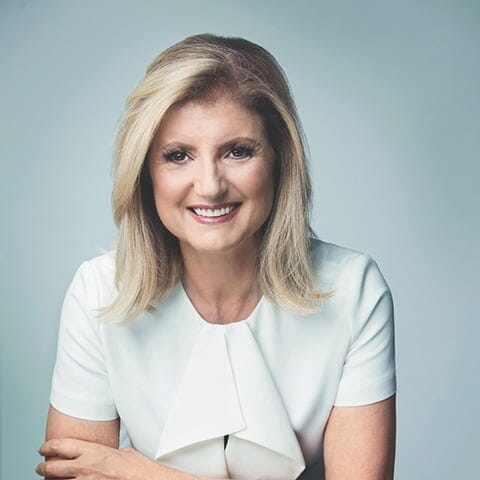 author
authorDiscover the Best Books Written by Klaus Kinski
Klaus Kinski, born Klaus Günter Karl Nakszynski was a German actor, equally renowned for his intense performance style and notorious for his volatile personality. He appeared in over 130 film roles in a career that spanned 40 years, from 1948 to 1988. He played leading parts in five films directed by Werner Herzog (Aguirre, the Wrath of God, 1972; Nosferatu the Vampyre, 1979; Woyzeck, also 1979; Fitzcarraldo, 1982; Cobra Verde, 1987), who later chronicled their tumultuous relationship in the documentary My Best Fiend (1999).
Kinski's roles spanned multiple genres, languages, and nationalities, including many Spaghetti Westerns (such as For a Few Dollars More, 1965; A Bullet for the General, 1966; The Great Silence, 1968; And God Said to Cain, 1970), horror films, war movies, dramas, and Edgar Wallace krimi pictures. His infamy was elevated by a number of eccentric creative endeavors, including a one-man show based on the life of Jesus Christ, a self-directed biographical film of violinist Niccolò Paganini, and over 20 spoken word albums.
During his lifetime, Kinski was a controversial and aggressive figure, prone to emotional and often violent outbursts directed at his directors and fellow cast members, issues further complicated by a history of mental illness. Herzog described him as "one of the greatest actors of the century, but also a monster and a great pestilence." Posthumously, his legacy has been further tangled by accusations of physical and sexual abuse of his daughters Pola and Nastassja, themselves actresses.
His notoriety and prolific output has developed into a widespread cult following and a reputation as a popular icon. Klaus Günter Karl Nakszynski was born to German nationals in Zoppot, Free City of Danzig (now Sopot, Poland) in 1926. His father, Bruno Nakszynski, was a failed opera singer turned pharmacist; his mother, Susanne (née Lutze), was a nurse and the daughter of a local pastor. Klaus had three older siblings, Inge, Arne and Hans-Joachim.
Due to the Great Depression, the family was unable to make a living in Danzig and moved to Berlin in 1931, where they also struggled. They settled in a flat in the Wartburgstraße 3, in the district of Schöneberg, and took German citizenship. In 1936, Kinski attended the Prinz-Heinrich-Gymnasium in Schöneberg. During the Second World War, Kinski was conscripted at the age of 17 into the German Wehrmacht some time in 1943, and served with the German Air Force (Luftwaffe) as an elite paratrooper (Fallschirmjäger).
He saw no action until the winter of 1944, when his unit was transferred to the Netherlands. He was captured by the British on his second day of combat. Kinski expanded upon this in his 1988 autobiography. He said that he made a conscious decision to desert; he had been captured by the Germans, court-martialed as a deserter and sentenced to death, but he escaped and hid in the woods. A British patrol opened fire on him, he was wounded in the arm and they took him captive.
After being treated for his injuries and interrogated, Kinski was transferred to a prisoner of war camp in Britain. The ship transporting him was torpedoed by a German U-boat, but arrived safely. He was held at the prisoner of war Camp 186 in Berechurch Hall in Colchester, Essex.
Werner Herzog, in his 1999 documentary My Best Fiend about Kinski, claimed that Kinski had fabricated much of his autobiography, including claims of maternal sexual abuse, incest, and childhood poverty. According to Herzog, Kinski was actually raised in a financially-stable upper-middle-class family.
Best author’s book




















